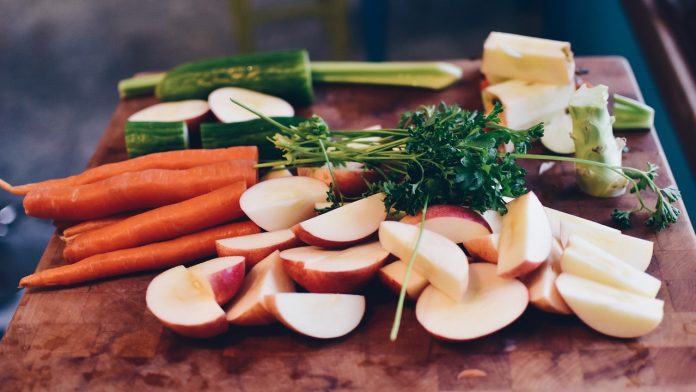The White House laid out a new strategy for addressing hunger and encouraging healthy eating and physical activity by 2030, Sept. 28, at the White House Conference on Hunger, Nutrition and Health.
Speakers at the conference, including legislators and experts on food, nutrition, agriculture and more, discussed challenges around food security in the U.S., and possible solutions. Among many other things, these included supporting local and regional food systems to help people get access to healthy food, and to help farmers keep their products local.
The same day, the White House announced $8 billion in commitments from the private and public sectors to address hunger and health through philanthropy, investments in businesses and investments in research.
The conference was the first of its kind in more than 50 years, with the last held in 1969. Out of that conference came the first Dietary Guidelines for Americans, along with expansions to food assistance programs and a pilot program that eventually became the Special Supplemental Nutrition Program for Women, Infants, and Children.
“Since [the last conference], advances in research and medicine have taught us so much more about nutrition and health,” President Joe Biden said at the conference. “I’m convening this conference again because I believe we can use these advances to do even more to make America a stronger and healthier nation.”
Strategy
The new strategy includes five focus areas, focused on improving food access and affordability, integrating nutrition and health, making sure consumers have access to healthy choices, supporting physical activity and enhancing nutrition and food security research.
In 2021, one in 10 households experienced food insecurity, and nearly 4% of households had very low food security, which means they were regularly skipping meals or cutting down on their food intake.
Diet-related diseases, like diabetes and hypertension, are some of the leading causes of death and disability in the U.S. Lack of access to healthy food, and diet-related diseases, affect some communities more than others, including rural communities, communities of color, older adults and veterans.
“Food and nutrition security are central to our national security and our economic future,” said Tom Vilsack, U.S. Secretary of Agriculture. “However, food and nutrition insecurity still remains unacceptably high.”
Local food
Part of making sure people have access to healthy food is building up local food systems. Among many other priorities, the USDA will be investing in local and regional food systems with grants and other assistance for food hubs, distribution and processing.
Some food hubs and cooperatives either started or expanded their work on processing and distribution during the pandemic, when food systems across the U.S. faced a lot of strain. But even with some of the impacts of the pandemic waning, these cooperatives could be an important part of the food system moving forward.
“The pandemic started this process. We’re now talking about something far beyond that as part of a regular course of action for nutritious food distribution,” said Chuck Conner, president and chief executive officer of the National Council of Farmer Cooperatives, in a panel on expanding local food options. That means these organizations will have to look for more sources of funding, as pandemic relief funds dry up.
In addition to funding, addressing regulatory challenges for things like schools and food assistance programs to buy local food could help make it easier for communities to have access to fresh, healthy food.
“I think we have tons of opportunities around … innovative and proven practices, that we need to think about how do we elevate,” said Charlene McGee, program manager for the Multnomah County Department of Health’s REACH program, in Oregon, which works on addressing health disparities through food and nutrition, during the panel.












